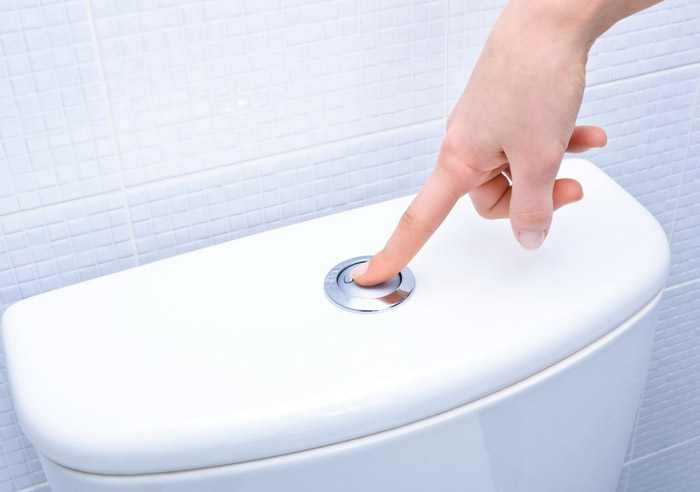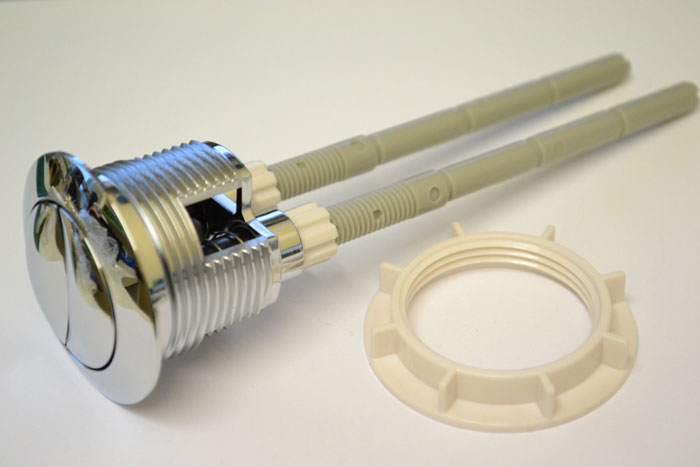Without such a plumbing device as a toilet, it is already difficult to imagine normal living in an apartment. Only, like any plumbing fixture, it can also fail, and more often this happens very unexpectedly for the residents. But you can fix a lot of things in it yourself without calling a repairman to your home. Adjusting, for example, a button if it jams or does not work at all, or completely replacing it with a new one, is quite possible and independently without the involvement of specialists, even for a person who does not have much experience in such work.
Design and principle of operation of push-button tanks
All flush tanks are structurally very similar, the only difference is in the water release mechanism. They are a container for storing water necessary for flushing after using the toilet. Equipped with fittings for operation. Consist of:
- filling valve;
- float;
- drain mechanism;
- overflow protection.
The principle of operation of the cistern is quite simple. When the float is lowered, water flows through the filling valve, which is responsible for maintaining the liquid level in the tank at a certain level.

Cistern with button
The float itself is attached to the filling mechanism and controls its operation, rising when the tank is filled and falling when it is empty.
Attention! In addition to the already familiar flush tanks, in which water is connected from the side, other types of devices are increasingly common today. In them, water is supplied to the tank below. They differ from devices with a side connection by the presence of a membrane valve that regulates the water supply.
The flush mechanism is controlled manually using a button on the tank. It is equipped with overflow protection - a mandatory element of the tank, which is adjustable in height when a limit is set in the liquid level. When it is exceeded, it goes directly into the sewer pipe without spilling beyond the container.
Types of push-button flush mechanisms
The drain valve is connected to a button on the tank. When you press it, water drains into the toilet. Drain mechanisms come with:
- one button;
- two buttons.
In the first option, when you press the button, the entire volume of liquid in the tank is drained into the toilet. The button in the second option is divided into two parts. When the small button is pressed, the water is not completely drained. And if you press the big one, it will pour out of the tank into the toilet in full. This separation allows you to save water in the apartment and not overpay for its excessive consumption when draining.
Toilet button malfunctions
Any item is designed for a certain period of use. Likewise, the service life of a toilet button also has its limits. But it can fail even earlier if the mechanism was initially made of inadequate quality. And if the button begins to function poorly as a result of mechanical damage, it may be necessary to completely replace it with a new one.

Button mechanism for toilet cistern
As a result of one or another malfunction of the drain mechanism, the button, when pressed, may:
- stick - you have to press the button more than once to drain the water;
- fall through - the button lowers when draining, as if falling inside.
Troubleshooting
When the button sticks and you need to press it multiple times to drain the water, the problem is most likely in the rod that connects the drain valve to the drainage device. To fix this you need:
- block the access of water to the drain tank and drain the water that is in it;
- open the tank by removing the lid, then unscrew the locking ring from the part of the button that is inside and remove it. After this, remove the button;
- repair the rod or replace it with a new part;
- After repairs have been made or partial replacement of parts, put everything back together.


















